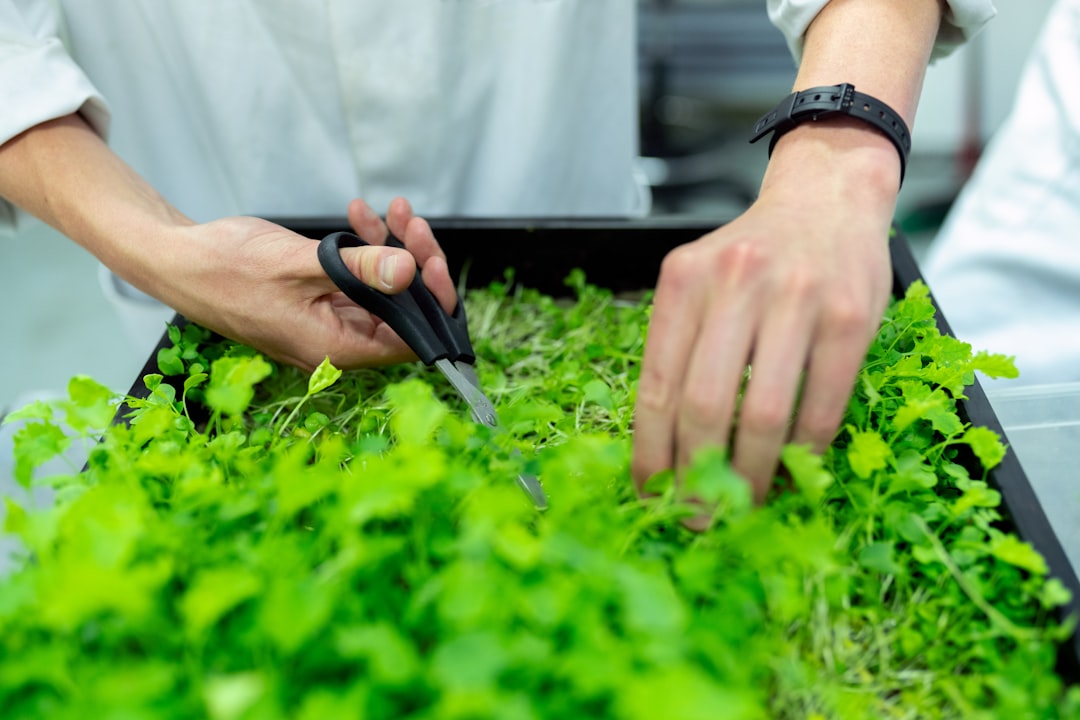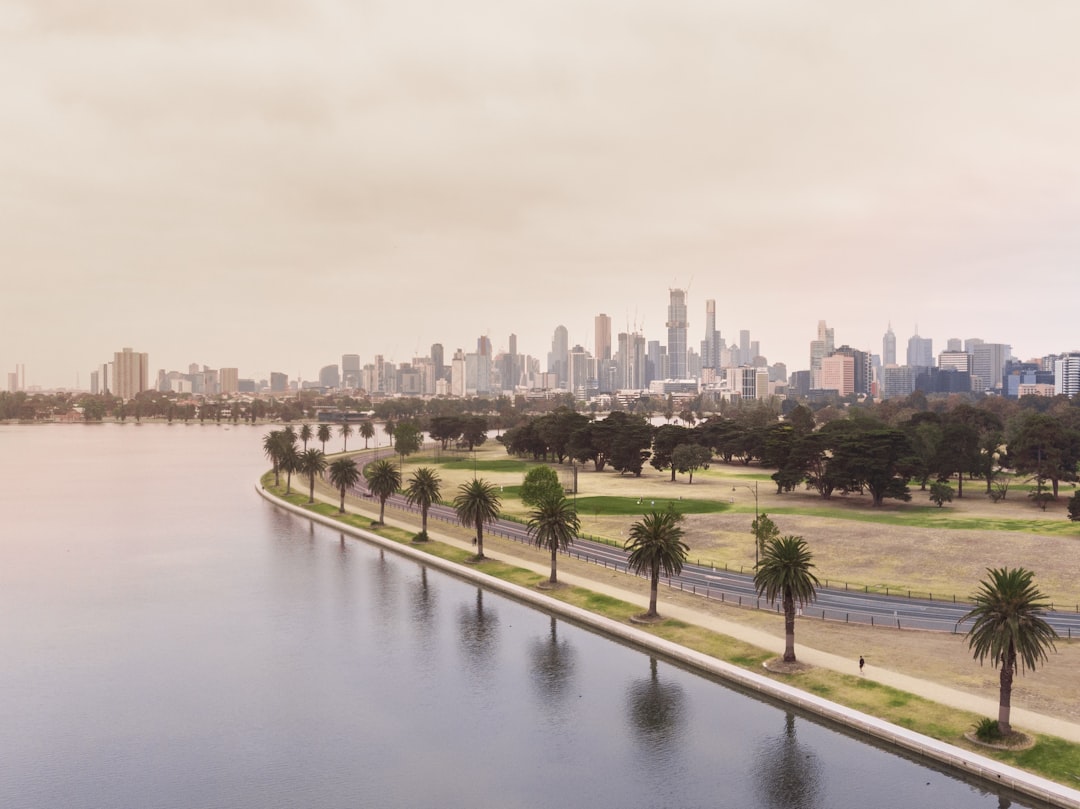What is it about?
The fragility of the tropical mountains of Central America, the significant degree of human population pressure exerted and changes in traditional farming systems all contribute to be the soil erosion by water is one of the main environmental problems. In this study, we compare two types of agricultural management (conventional tillage with traditional ploughing and no-tillage with a digging stick) and analyse the influence of land slope, the management of vegetation cover, and various soil features and properties related to erosion in fields dedicated to the cultivation of beans (Phaseolus vulgaris L.) to determine the erosion thresholds.
Featured Image
Why is it important?
Soil use and management at each stage of cultivation significantly influence soil characteristics and properties. The effects of tools for soil physical management (mainly ploughs, but also hoes) have been extensively studied in conservation agriculture cropping systems. The use of such tools is one of the major causes of higher rates of erosion under conventional tillage (CT) compared with no-tillage (NT) Systems. Defining erodibility factors for a given agricultural system, for use as measures to control or reduce erosion, does not necessarily mean that these factors are immediately suitable for transfer to the producers who will put them into practice. The transfer of scientific results requires the use of specific methods for this purpose. We designed the ‘determine/confirm threshold erosion method’ with this aim.
Perspectives
The ‘erosion threshold’ is of particular interest for practical purposes because it can be used to improve the planning of agricultural activity, from the standpoint of soil conservation, aspect that could be in keeping with the goals of the United Nations Environment Programme (UNEP) and, specifically for tropical countries, it could be a tool of the Agricultural Innovation System (AIS) of FAO, to facilitate the mechanisms of capacity development for tropical agricultural innovation. Moreover, this method can be complementary to visual soil assessment (VSA) method, used in assessing soil quality and as a, tool to make decisions that will lead to sustainable land use. This work is one of the studies being carried out in the area to define the threshold of erosion in the most representative crops: agroforestry systems of coffee and cocoa, maize, beans and extensive livestock.
Dr Rafael Blanco Sepúlveda
University of Malaga
Read the Original
This page is a summary of: The erosion threshold for a sustainable agriculture in cultures of bean (Phaseolus vulgarisL.) under conventional tillage and no-tillage in Northern Nicaragua, Soil Use and Management, June 2016, Wiley,
DOI: 10.1111/sum.12271.
You can read the full text:
Contributors
The following have contributed to this page










